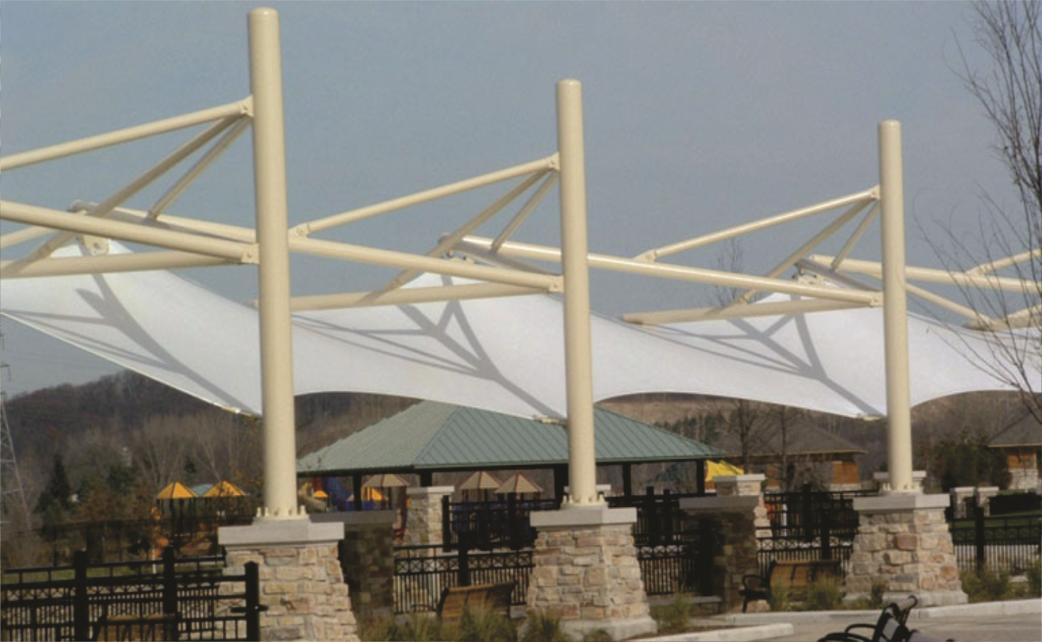Tensile Fabric Structures – Fabric Structure Design Build
Upstate Engineering Structures specializes in creating highly customized tensioned membrane structures, including tensile facades, frame-supported, and air-supported fabric-clad structures. With over 20 years of experience, the company offers a full range of services including design, engineering, fabrication, and installation in Pakistan. They use PTFE-coated fiberglass membrane, PVC membrane, and ETFE film to create innovative roofing systems, canopies, and skylights for a variety of applications, such as amphitheaters, building facades, sporting venues, transportation terminals, and retail centers. Upstate Engineering is dedicated to providing high-quality, state-of-the-art designs to its customers. our company, we are dedicated to designing and building stunning structures for a variety of events such as banquets, pandals, marriage halls and more, tailored to your specific requirements. As a client-focused firm, we strive to meet the needs and expectations of our clients. The use of tensile structures in architecture is becoming increasingly popular in recent times.


Tensile Membrane Structure
A tensile structure is a type of construction that utilizes tension to support the weight of the structure. This is achieved by using materials such as cables, ropes, or fabrics, which are stretched between points of support to create a stable, self-supporting structure. A membrane steel structure, on the other hand, is a type of tensile structure that uses a flexible membrane, such as fabric or film, stretched over a steel frame to create a roof or facade. The steel frame provides the structure with strength and stability, while the membrane allows light to pass through and offers protection from the elements. This combination of steel and membrane allows for the creation of unique and versatile architectural designs.
Advantage of Tensile Stucture
Tensile structures are architectural structures that use tension to support a load, rather than compression or bending. These structures are characterized by their ability to span large distances without the need for internal supports, making them ideal for a variety of applications.
One of the main advantages of tensile structures is their ability to span large distances without the need for internal supports. This allows for more open and flexible interior spaces, and can also reduce the amount of material required to construct the structure. Additionally, tensile structures are often lightweight and easy to assemble, which can also help to reduce construction costs.
Another advantage of tensile structures is their ability to adapt to different weather conditions. Tensile membranes, for example, can be designed to be water resistant and UV resistant, making them suitable for outdoor use. They can also be designed to withstand high winds and snow loads, which can help to increase their lifespan and reduce maintenance costs.
Tensile structures are also highly customizable, and can be designed to fit a variety of aesthetic and functional requirements. They can be used to create unique, visually striking architectural features, and can also be designed to incorporate features such as lighting and shading.
Overall, tensile structures offer a number of advantages over traditional building methods, including the ability to span large distances without the need for internal supports, adaptability to different weather conditions, and customizable design options. These benefits make tensile structures an increasingly popular choice for a wide range of architectural projects.








